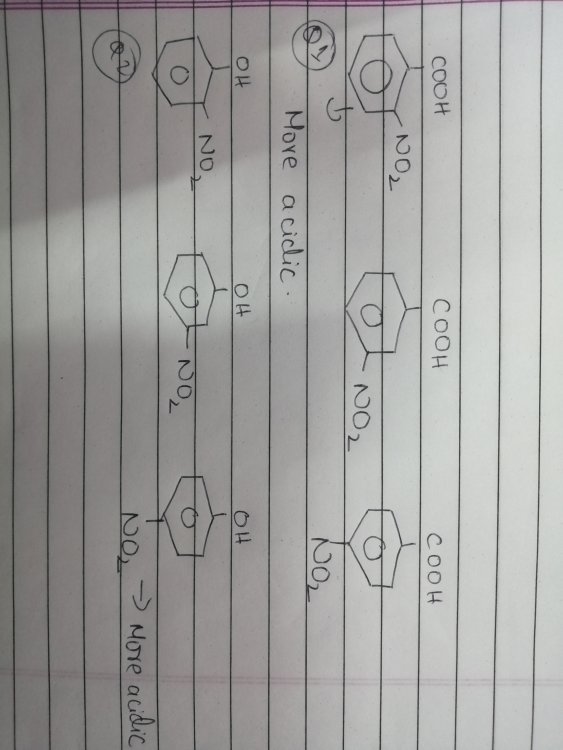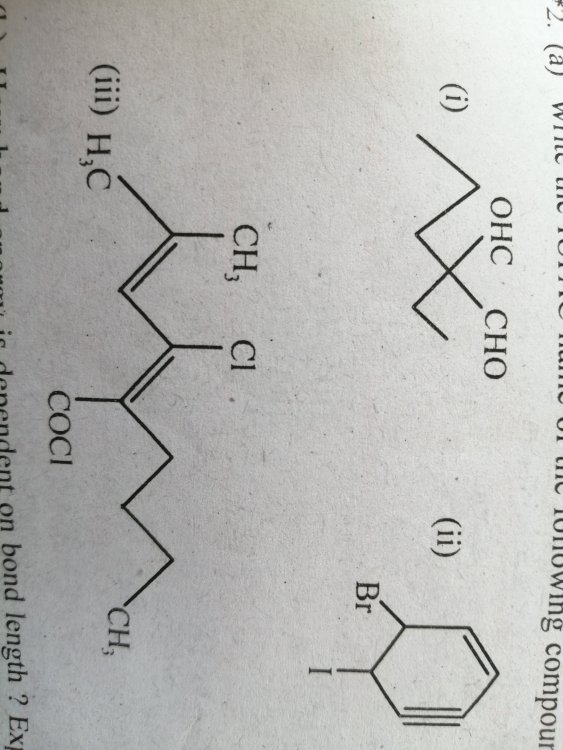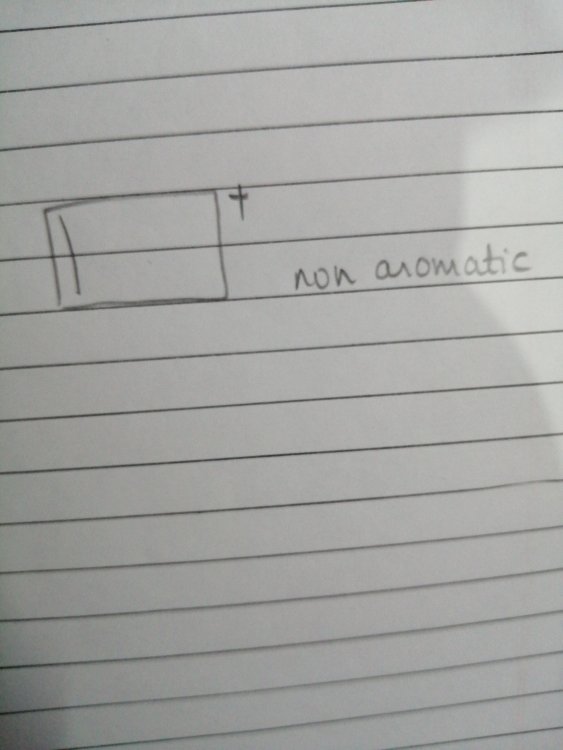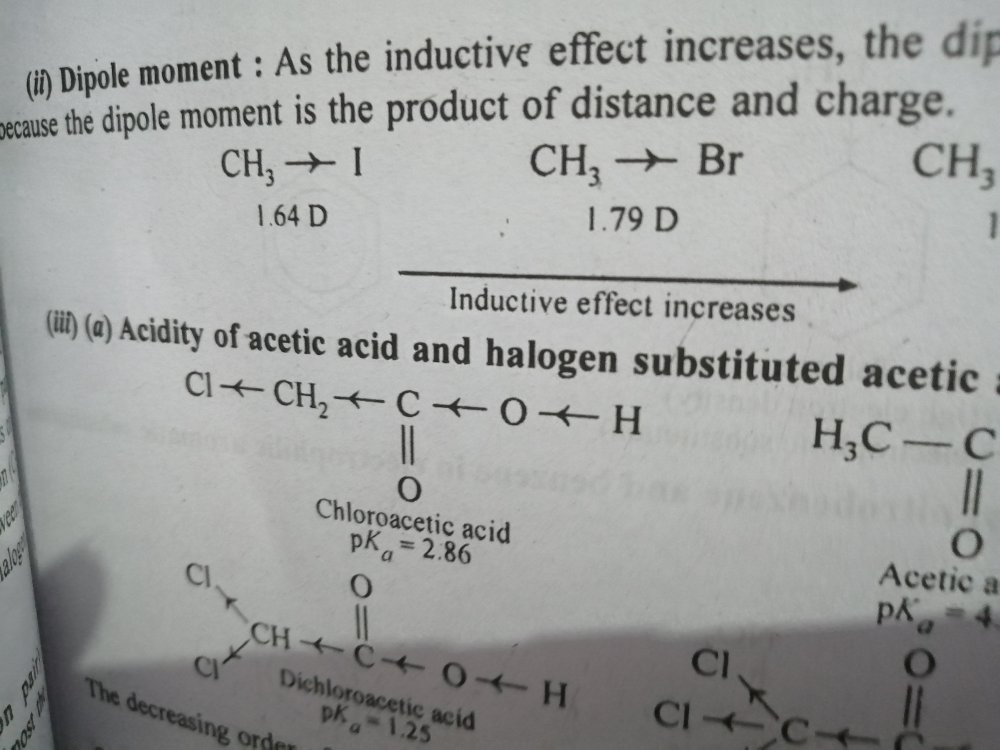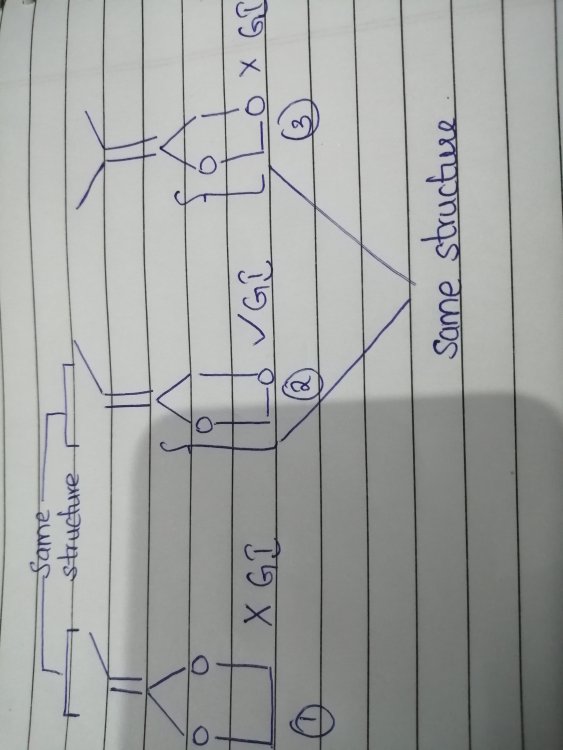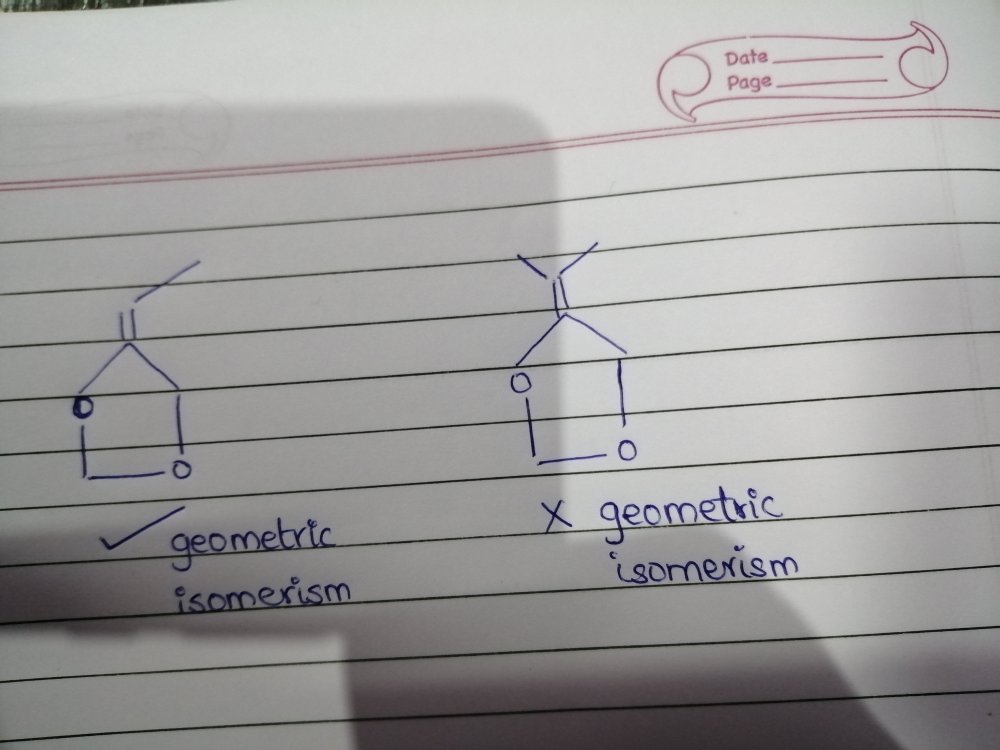

mundane
Members-
Posts
24 -
Joined
-
Last visited
Content Type
Profiles
Forums
Events
Everything posted by mundane
-
So, i just learned that because of backbonding in BF3, BF3 is a weak acid. This is due to the fact that B orbital if filled internally with F electrons. Now, if we bring NH3 to make a coordinate bond with BF3, it does. Why? Wasn't the vacant orbital of B already filled during backbonding? I am confused.
-
So the other day I had a circular tub filled with water. I added a few grams of detergent to it and started stirring with my hands. As expected, detergent tended to settle right at the center of the tub. Was this because of centripetal force? In washing machines, the clothes are spinning but are pushed away from the centre due to centrifugal force. I am not sure. Can someone help me understand the forces acting in both the scenarios?
-
I just learned that there are three kinds of overlapping (positive, negative and zero). I don't thoroughly understand the concept of different signs in orbitals and their overlappings. What does difference would it make if the signs are different (negative overlapping happens) when they don't really play a significant role? Could someone explain how waves and orbital shapes along with overlapping in brief?
-
-
As you see in the first question -NO2 on ortho causes inductive effect and creates a hydrogen bonding with H in COOH and is considered to be stronger acid than others. In the second question, the -NO2 again shows I- and H bonding but is less acidic. I don't get how the latter one isnt the strongest.
-
I was wondering why we need substances which contain acid in acidity. Can someone help me out?
-
the mole ratio of acid: salt in production of an acidic buffer solution is between 1/10 to 10/1. 5mol HCOOH + 5mol KOH isn't a buffer solution, why? 1mol HCOOH + 1mol HCOOK is a buffer solution, why?
-
-
great explanation yet I failed to understand as to why COOH being the strongest couldn't overcome the inductive effect of Cl. please clarify!
-
so the decreasing order of -I effect is NO2>CN>F>COOH>Cl>Br..... In chloro acetic acid, chlorine pulls the electrons towards itself rather than COOH, why? isn't COOH more strong than Cl? please help me out!
-
could you be more specific? like how do alcohol and oil work together?
-
why does the fragrance of the perfume last longer if we spray it on the part of our body where we have applied non fragrant lotion or vaseline?
-
oh! now I get it! thanks alot! thanks for the explanation, bud!
-
In G1 and G2, one R and one H are attached on the top, yet only G2 shows isomerism. The diether ring in G3 isn't symmetrical either, yet it doesn't show GI.
-
-
sort of. can you explain?
-
I have uploaded an image. Can someone help me explain why does one show G.I while the other doesn't?
-
Why is that isopropyl alcohol and s-butyl alcohol having just -CH2 difference, have different naming?
-
in that case finding radius of isolated atom shouldn't be a big deal
-
if it's difficult to isolate an atom then how do we find wave function of an isolated one? is it just a hypothesis?
-
so I put it in this way- I have read in that we can't isolate an atom like to find its radius. like, hey, come here alone, lil guy, I have to measure your radius. We always measure the distance between two nuclei of two atoms and divide the it by 2. on the other hand, in wave functions we take two or more isolated independent atoms. Ψ=Ψa+Ψb Ψa- atom a Ψb- atom b so my question is when we can get an atom isolated then why can't we take out its radius without having it been bonded (covalent, metallic and ionic)?
-
if we can isolate an atom then why do we first find the distance between nuclei of two atoms and divide it by 2?
-
why is it not possible to isolate an atom to measure its radius? There are many works in chemistry which require isolated atom for example in wave functions.


